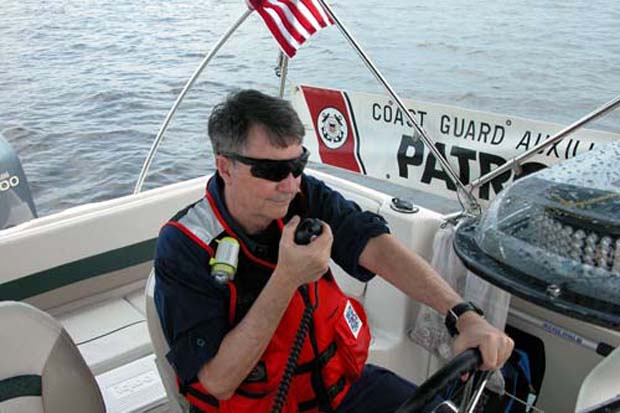ALEXANDRIA, Virginia
 [dropcap]T[/dropcap]his time of year, life gets a little slower for recreational boaters, perhaps freeing up time to fix the important things like having a fully working VHF radio on board. If you have a basic VHF, checking the connections for corrosion, inspecting the antenna and doing a simple radio check may be all that it takes. But if you have a newer Digital Selective Calling (DSC) VHF, this is the time to ensure its life-saving, one-button mayday feature is fully working. This allows anyone on the boat to simply press a button that gives rescuers near pinpoint location and identification information, greatly speeding rescue times.
[dropcap]T[/dropcap]his time of year, life gets a little slower for recreational boaters, perhaps freeing up time to fix the important things like having a fully working VHF radio on board. If you have a basic VHF, checking the connections for corrosion, inspecting the antenna and doing a simple radio check may be all that it takes. But if you have a newer Digital Selective Calling (DSC) VHF, this is the time to ensure its life-saving, one-button mayday feature is fully working. This allows anyone on the boat to simply press a button that gives rescuers near pinpoint location and identification information, greatly speeding rescue times.
However, the DSC functions on new radios only work if a Maritime Mobile Service Identity number (MMSI) has been entered into the radio. Further, the US Coast Guard Reports that approximately 80% of the one-button distress calls from DSC VHF radios it gets each year do not contain vessel position information, meaning that life savers cannot effectively respond. Boaters can take two simple steps to make sure their DSC radio will provide rescuers with the information they need, according to Boat Owners Association of The United States.
BoatUS:
#1: Connect the DSC-VHF to the GPS/Chartplotter

It is hard to believe that 80% of boaters do not have a simple VHF marine radio on board.


